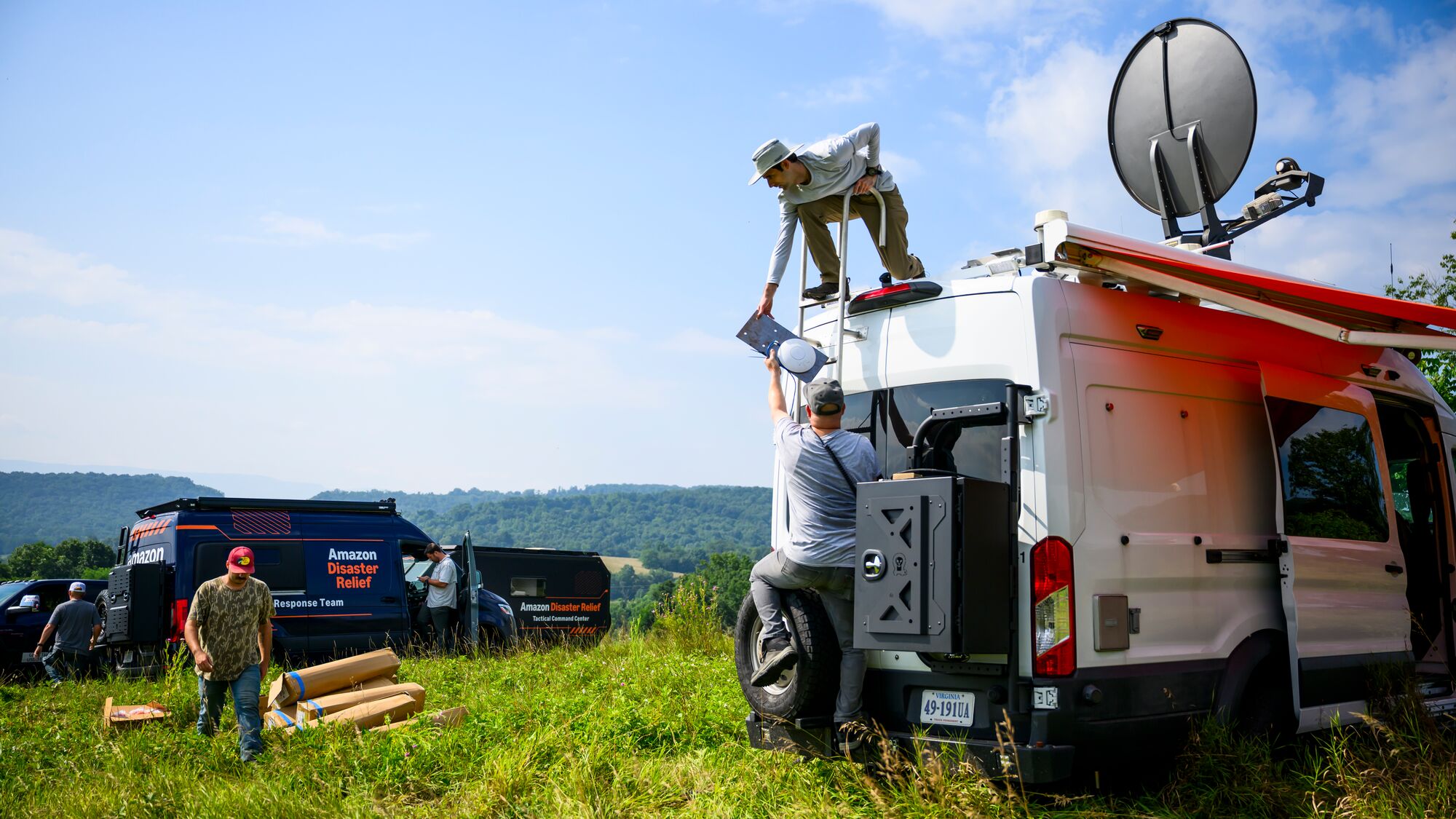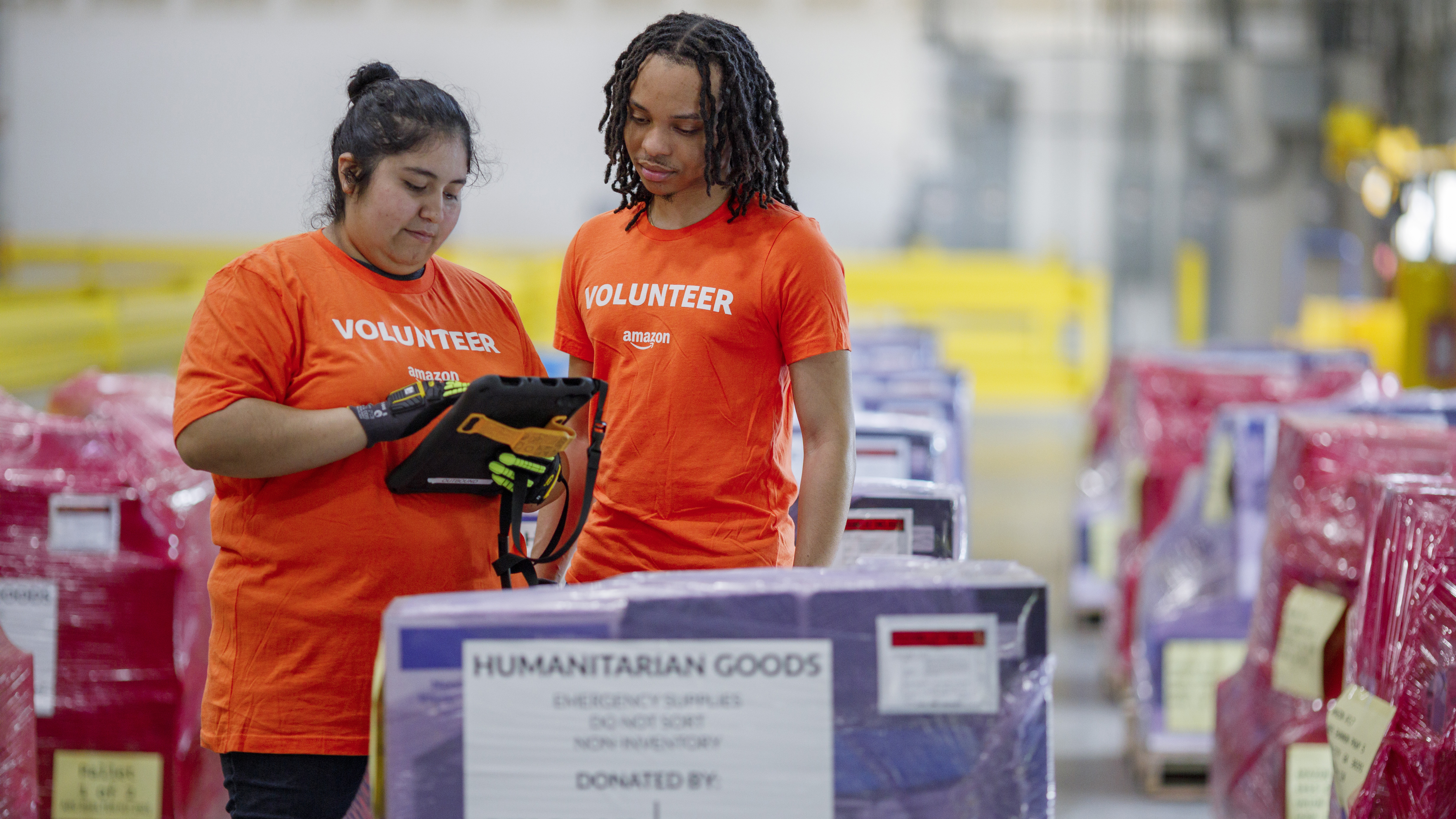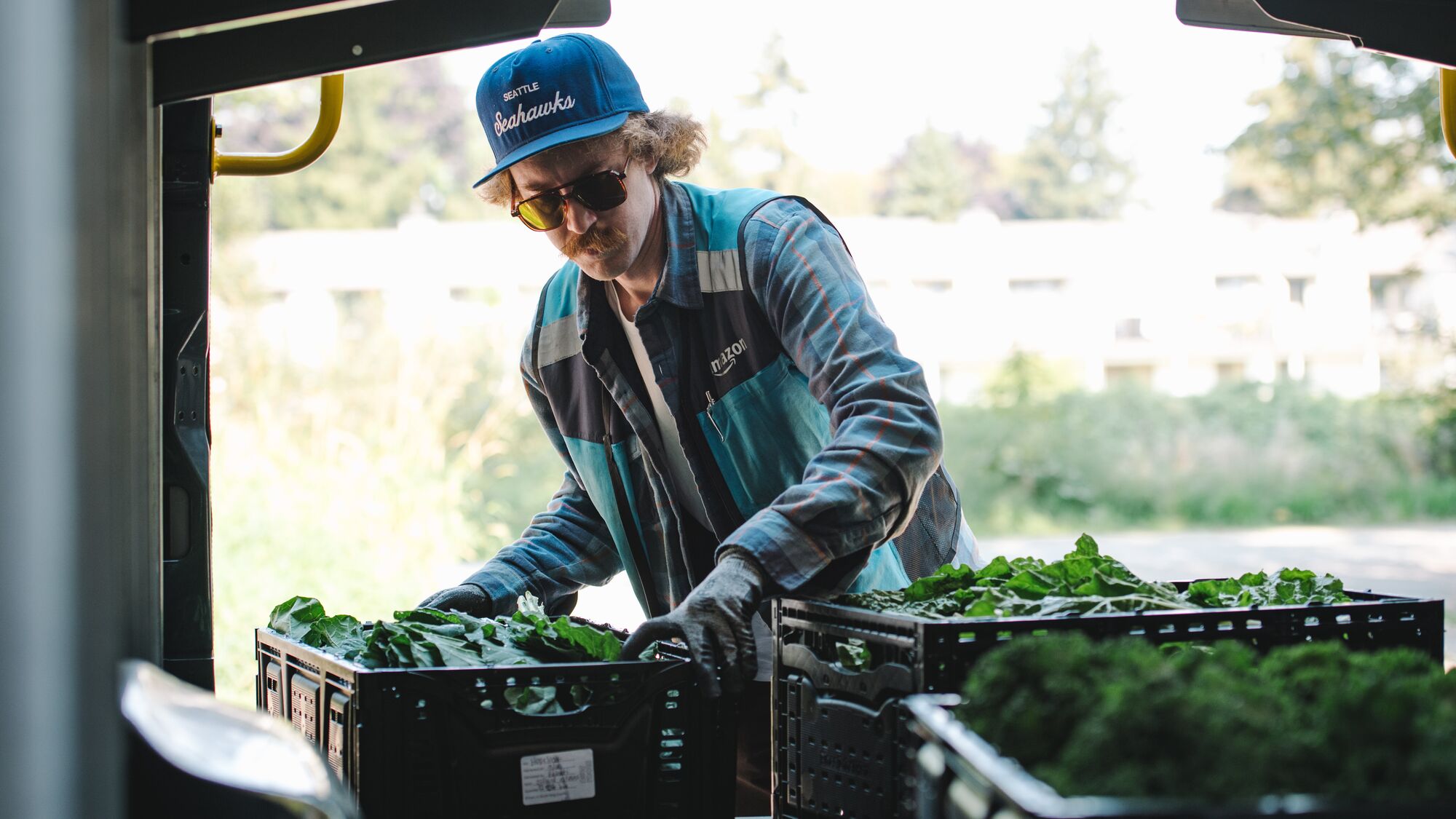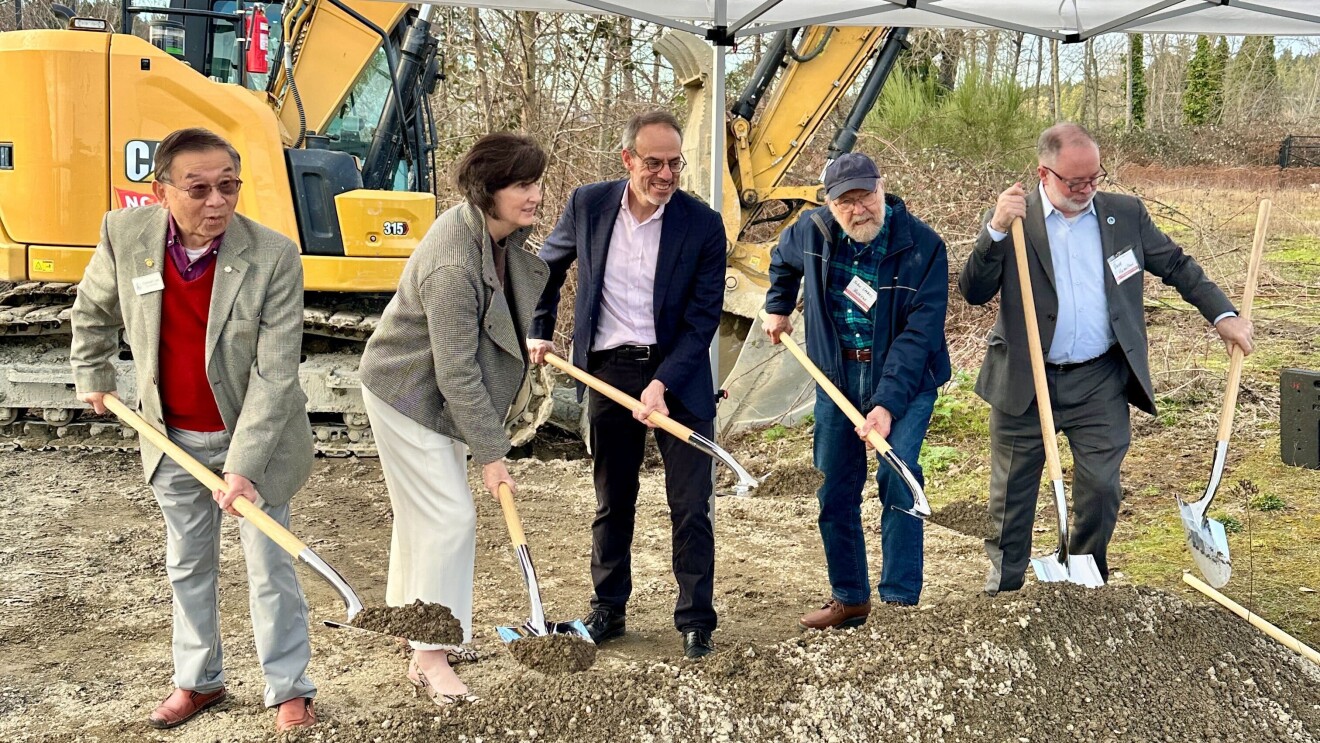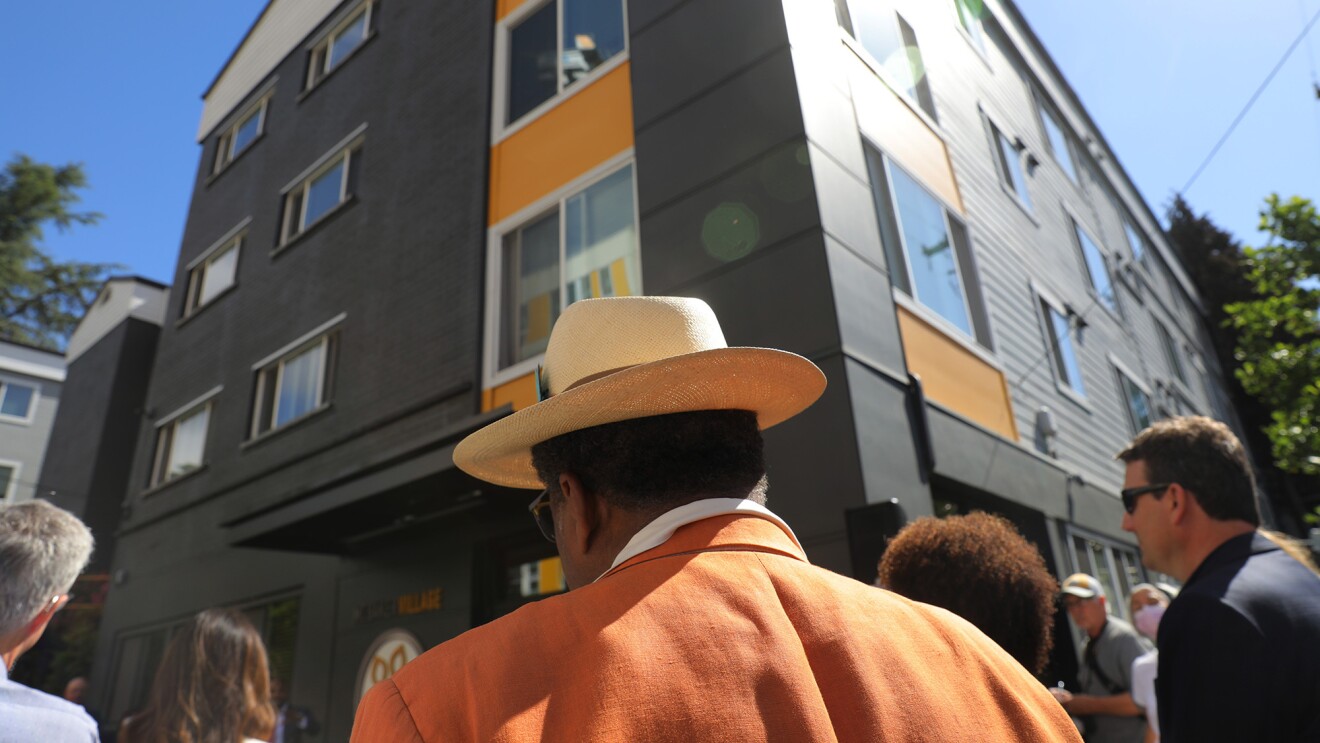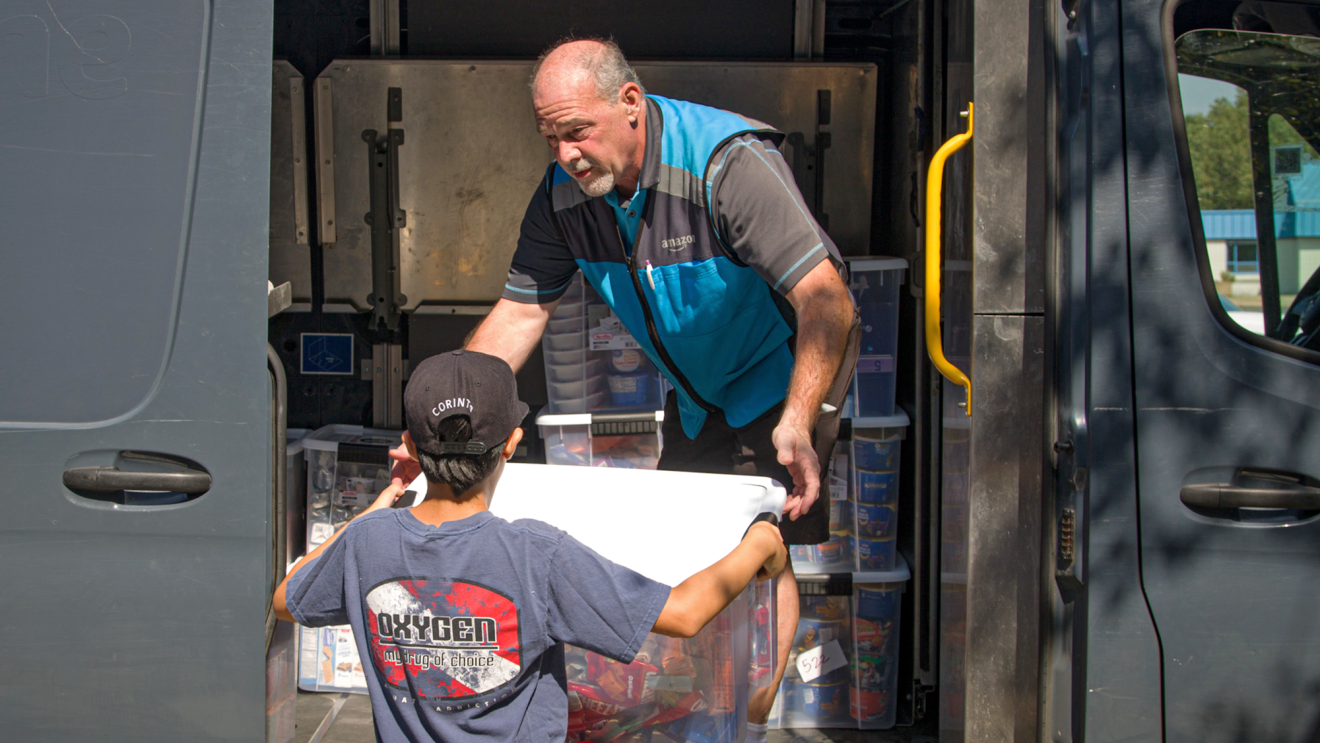Key takeaways
- Portable technology kits include power, connectivity, and sensors designed to get shelters, food banks, and other vital resources up and running.
- The kits provide simple, secure, and reliable solutions customized for frontline nonprofits and first responders when traditional systems fail during catastrophes like hurricanes and wildfires.
- Amazon plans to train 140+ volunteers and deploy dozens of kits by the end of 2026, paving the way for communities to recover faster.
When Hurricane Helene tore through western North Carolina in 2024, entire communities were cut off from the world. Roads collapsed, bridges washed away, and power and communications networks failed completely.
Traditional response methods couldn’t reach these areas since cellular companies couldn’t deploy equipment when roads were blocked by fallen trees. Helicopters dropping communications devices faced another problem: how to power them in areas without electricity.
Extreme weather events like Hurricane Helene can lead to an entire region losing critical services for weeks or months. These challenges have driven Amazon’s newest innovation for impact: simple-to-use disaster-relief technology kits designed to work in the most catastrophic conditions.
People universally seek internet connectivity after disasters
 Jeffrey Schweitzer, who leads Amazon’s disaster relief technology operations and innovation, prepares during a disaster simulation training in West Virginia
Jeffrey Schweitzer, who leads Amazon’s disaster relief technology operations and innovation, prepares during a disaster simulation training in West VirginiaResearch and field experience have consistently shown that after immediate safety concerns, internet connectivity becomes survivors’ most urgent need.
“In every single disaster, that’s the common denominator,” explains Jeffrey Schweitzer, the U.S. Army veteran who leads Amazon’s disaster-relief technology operations and innovation. “The faster people can talk to each other and share information, the quicker we can reduce the chaos and help communities recover.”
This insight has become foundational in Amazon’s approach to disaster technology. In addition to donating and delivering relief supplies where they’re needed fast, the company is developing technology that local relief organizations and first responders can use at no cost during the crucial window when emergency systems and critical infrastructure is down.
Simplified tech can bring communities back online
 Amazon volunteer David Eisele delivers disaster relief technology kits during a field test in West Virginia
Amazon volunteer David Eisele delivers disaster relief technology kits during a field test in West VirginiaAmazon’s disaster relief technology kits are modular—each one contains standalone components that can work independently or be connected to create more comprehensive systems.
One component provides power through solar panels and batteries, enough to charge evacuees’ phones or keep fridges and lifesaving medical devices running. Another component offers networking and connectivity options, from Wi-Fi to satellite links to mesh Wi-Fi routers that restore communication for local fire departments or the National Guard. A third component includes sensors to help first responders map their surroundings, collect and share information across locations, and analyze data to speed up search and rescue or the delivery of supplies.
The disaster relief technology kits are designed to be used by anyone, regardless of technical expertise. Each kit includes step-by-step instructions that allow users—from local fire fighters to nonprofit shelter staff—to establish critical services in minutes.
This principle of simplicity inspires Schweitzer’s description of the initiative—“On. Up. Down. Off.”—as intuitive as flipping a light switch.
“We’ve designed these kits so that following just four simple steps gives you power, connectivity, and the ability to enable everyone in your community center to talk to the world,” Schweitzer explains.
Amazon’s disaster relief tech reduces risks on the ground and removes barriers for nonprofits
 Skilled volunteers from Amazon roll out disaster technology solutions during a field test in West Virginia
Skilled volunteers from Amazon roll out disaster technology solutions during a field test in West VirginiaDuring recent floods in Central Texas, Amazon’s disaster relief team equipped search-and-rescue teams on horseback with portable mapping devices. The system showed riders’ location on a digital map and incorporated body cameras mounted on horses, allowing riders far away to store and share information, ask for backup, or avoid dangerous terrain. Thanks to the technology, the volunteers from a local fire department were able to warn one another about another incoming flood before anyone was hurt.
During the Los Angeles wildfires, the team tackled another problem: unauthorized drones interfering with firefighting aircraft. While agencies like Cal Fire have drone detection systems that cost between $40,000 and $250,000, volunteer fire departments, made up of local residents, can’t afford such technology. Amazon shared technology to help agencies locate drones and avoid accidents during the dangerous Palisades, Eaton, Hughes and Lilac wildfires.
Amazon’s solutions are deliberately built at a lower cost and designed to be shipped and shared quickly with the first responders and nonprofit leaders who need them in the aftermath of a disaster. Once used, they can be packed up and reconfigured before the next disaster strikes.
The solutions have transformed how Operation BBQ Relief fulfills its mission of feeding people fresh, hot meals in the devastating aftermath of disasters, according to Jeremy Bruce, the nonprofit’s head of technology, communications, and volunteers.
Bruce and his team use Amazon’s resources to track the location of food trucks, monitor inventory, and coordinate across sites in disaster-impacted neighborhoods. “I don’t have the big budgets to buy the big equipment,” Bruce explains, “and having partnerships like this has helped us have a great impact.”
Field tests simulate future scenarios
 Cayman Brownfield tests internet solutions during a disaster simulation training in West Virginia
Cayman Brownfield tests internet solutions during a disaster simulation training in West VirginiaTo test the kits in real-world conditions, Amazon recently conducted a field training in the remote mountains of West Virginia. More than 40 employees participated in Operation Appalachia Resolve, a simulation that mirrored the conditions in North Carolina during Hurricane Helene. The team deliberately chose difficult terrain and created realistic scenarios. “We were validating that our solutions are simple enough that someone with minimal training could use them effectively,” says Schweitzer.
Participants successfully launched drones to assess damage, established potable water sources, set up tents, and created off-grid power and communications networks where none existed.
Now, Schweitzer and Amazon’s disaster relief team are focused on stocking portable technology solutions in disaster-prone areas as part of Amazon’s overarching commitment to having a positive impact in local communities around the world.
“We want to put these tools in the hands of communities who need them before a disaster hits,” said Abe Diaz, the head of Amazon’s disaster relief team.
More tech access builds community resilience in underserved areas
 Skilled volunteers from Amazon test drone technology solutions at a disaster simulation training in West Virginia
Skilled volunteers from Amazon test drone technology solutions at a disaster simulation training in West VirginiaWithin the next year, Amazon plans to train at least 140 skilled volunteers from Amazon to use disaster relief technology kits and deploy dozens to disaster-impacted communities through nonprofit relief partners.
What makes the approach unique is its focus on enabling local communities and resource-constrained organizations: volunteer fire departments, local community centers, food banks, and other under-resourced groups. Operation BBQ Relief, for instance, has served more than 11 million meals since its founding and is able to serve more meals, faster, with the tech in hand.
“When you hand someone a hot meal that’s balanced and nutritious,” Bruce says, “it gives them the fuel and it gives them the hope they need in their worst time to sit and get nourishment and think, ‘This is really good barbecue,’ instead of having to dwell on the negative at that point in time.”
 An Amazon volunteer tests technology that can turn creek water into a potable resource during a field test in West Virginia
An Amazon volunteer tests technology that can turn creek water into a potable resource during a field test in West VirginiaThe technology’s true measure of success is the difference it makes in the lives of nonprofit leaders like Bruce and the people they serve, according to Schweitzer. Residents from a neighborhood underwater get a hot meal faster. Volunteers searching for survivors coordinate with each other from miles away, within seconds. Communities recover faster because they have the right tools when disasters strike.
